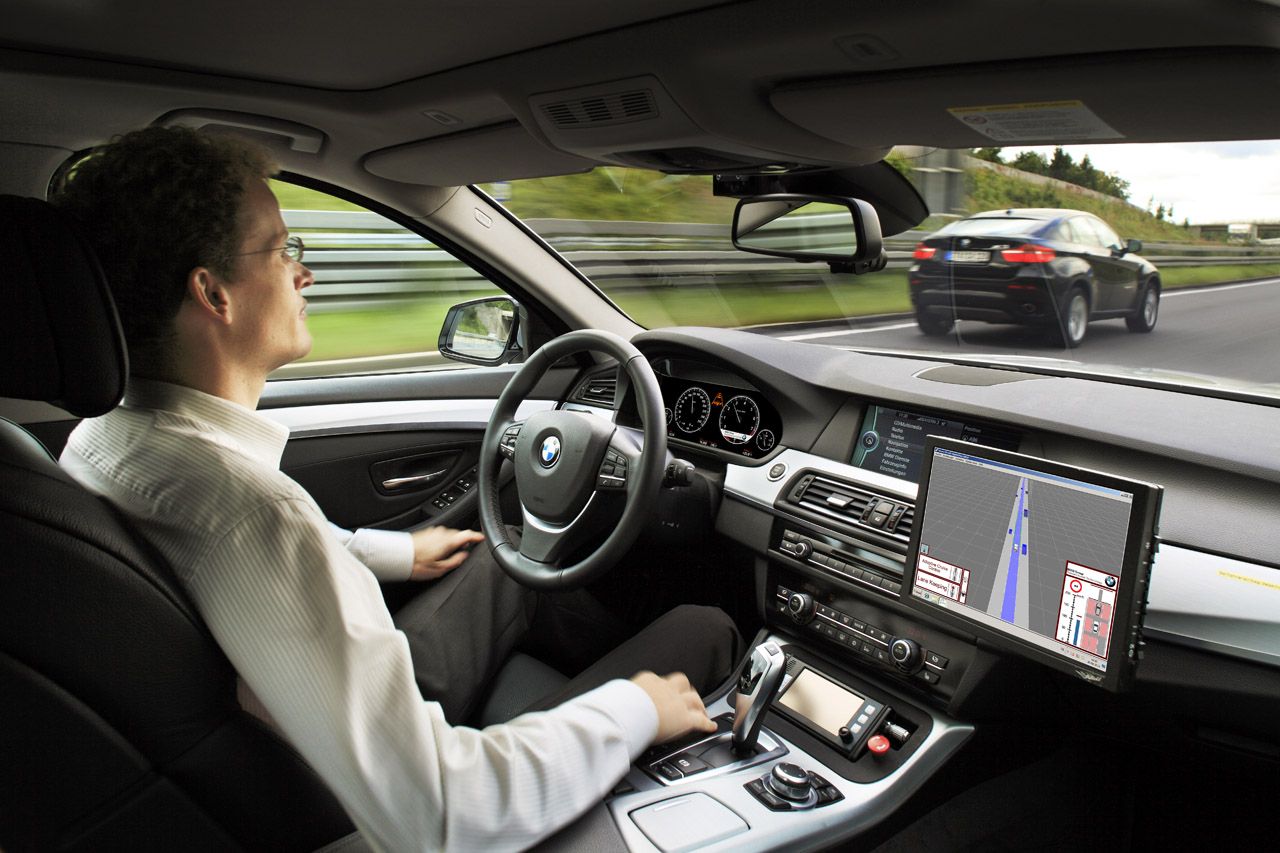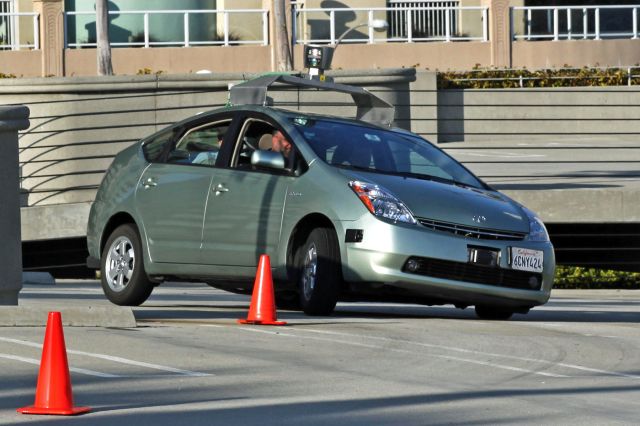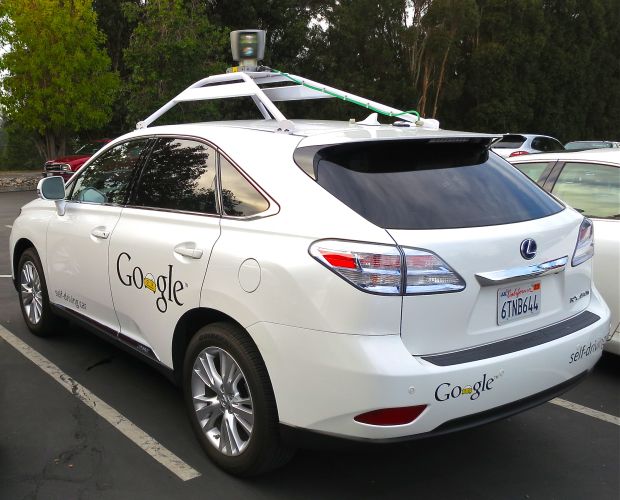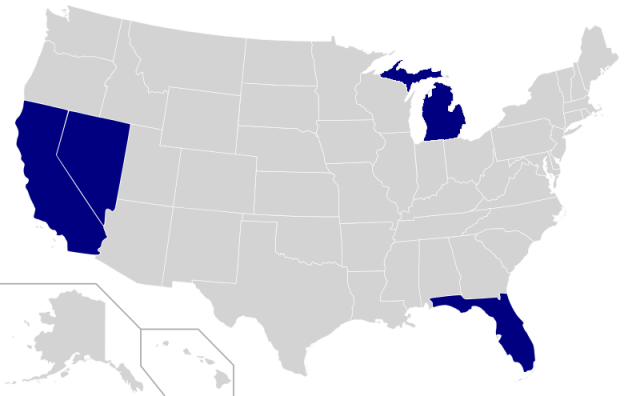Driverless cars, like many of today's luxuries, were once a subject of science fiction. But as we move into 2015, the question is no longer whether self-driving cars will replace manually driven cars, but how quickly they'll take over.
In this article, we'll fill you in on everything you need to know about driverless cars and how they're set to change the world.
Why Self-Driving Cars?
Why would we want to put robotic cars on the road? The answer is simple: driverless cars are not bound by human limitations.
It's no secret that humans, collectively, aren't very good drivers. We get road rage, violate traffic laws, pay more attention to our phones than the road, and crash into one another. Sometimes we even hit non-moving objects. In the U.S., human drivers kill more than 30,000 people every year.
Self-driving cars are safer. They don't get sleepy or distracted, they don't have blind spots, and there is nothing on their "minds" except getting safely from point A to point B. They may even be able to talk to each other. After hundreds of thousands of miles of testing, Google's driverless cars have only been involved in two minor accidents — neither of which was the fault of the car.
And let's not limit the benefits to human transportation. Tiny autonomous vehicles can perform jobs in factories and warehouses, and larger ones can work in open-pit mines and construction sites.
The Technology
Google's cars owe their autonomy to a Velodyne 64-beam laser mounted on the roof that generates a detailed 3D map of its surroundings. Those measurements are combined with pre-existing maps of the world to produce a variety of data models that help the car drive itself while avoiding obstacles and obeying traffic laws.
IEEE Spectrum describes the car's other onboard technology:
The vehicle also carries other sensors, which include: four radars, mounted on the front and rear bumpers, that allow the car to "see" far enough to be able to deal with fast traffic on freeways; a camera, positioned near the rear-view mirror, that detects traffic lights; and a GPS, inertial measurement unit, and wheel encoder, that determine the vehicle's location and keep track of its movements.
In this keynote presentation, Stanford University professor Sebastian Thrun and Google engineer Chris Urmson discuss the company's driverless car project in depth:
Inside Google's Self-Driving Car
In this 2012 video, Steve Mahan takes an early model of Google's self-driving car for a spin:
Perhaps the most interesting part of that story is that Mahan is legally blind, with 95% vision loss. Autonomous cars could change his life dramatically.
More recently, Google invited a small group of journalists to Mountain View to experience the driverless cars. By all accounts, it's pretty boring — and that's a good thing. Casey Newton of The Verge describes it like this:
[A]s we begin making our way down Rengstorff Avenue, I'm struck by how impossibly ordinary our drive feels. Espinosa is sitting in the driver's seat, closely monitoring traffic, and the car is making turns and changing lanes with a smoothness and precision that I associate with my high-school driving instructor. From the backseat, the only tell that a computer is driving is the fact that the wheel is spinning independently of Espinosa's hands: it turns left and right independently, as if it were a ride at Disneyland.
Originally, Google's self-driving cars were equipped with steering wheels and an option to drive manually should you feel the need. But this year Google's Sergey Brin unveiled a new take on the self-driving car — one more ambitious than ever before. It's entirely autonomous, with no steering wheels or gas pedals. You couldn't drive it even if you wanted to.
Take a look:
Potential Hurdles
Autonomous cars are here, and they work, so there's no doubt that we'll see them on the streets in just a few years. They're even better for the environment! But in the meantime, Google does have some legal matters to sort through.
For example, an attorney for the California DMV says the technology is "ahead of the law in many areas," noting that many state laws "presume to have a human being operating the vehicle." Commercializing driverless vehicles will likely require drafting new laws to accommodate the new technology.
Some progress has already been made to that end. To date, California, Nevada, Michigan, and Florida have passed laws allowing the operation of driverless cars on public streets.
The Future Of Transportation?
If you ask me, I'd say self-driving cars are going to change transportation forever — to the same extent as the original automobile. Legislation aside, these things are ready to hit public streets in three to five years. They have the potential to be so much safer and more effective than human drivers that I wouldn't be surprised if, in a decade or two, the discussion is about whether we should still allow people to drive manually. With that said, there are still plenty of challenges to consider before robots can drive us all around.
What do you think? Would you like to see our current vehicles be replaced with a fleet of autonomous cars?
Header Image: Wikipedia




